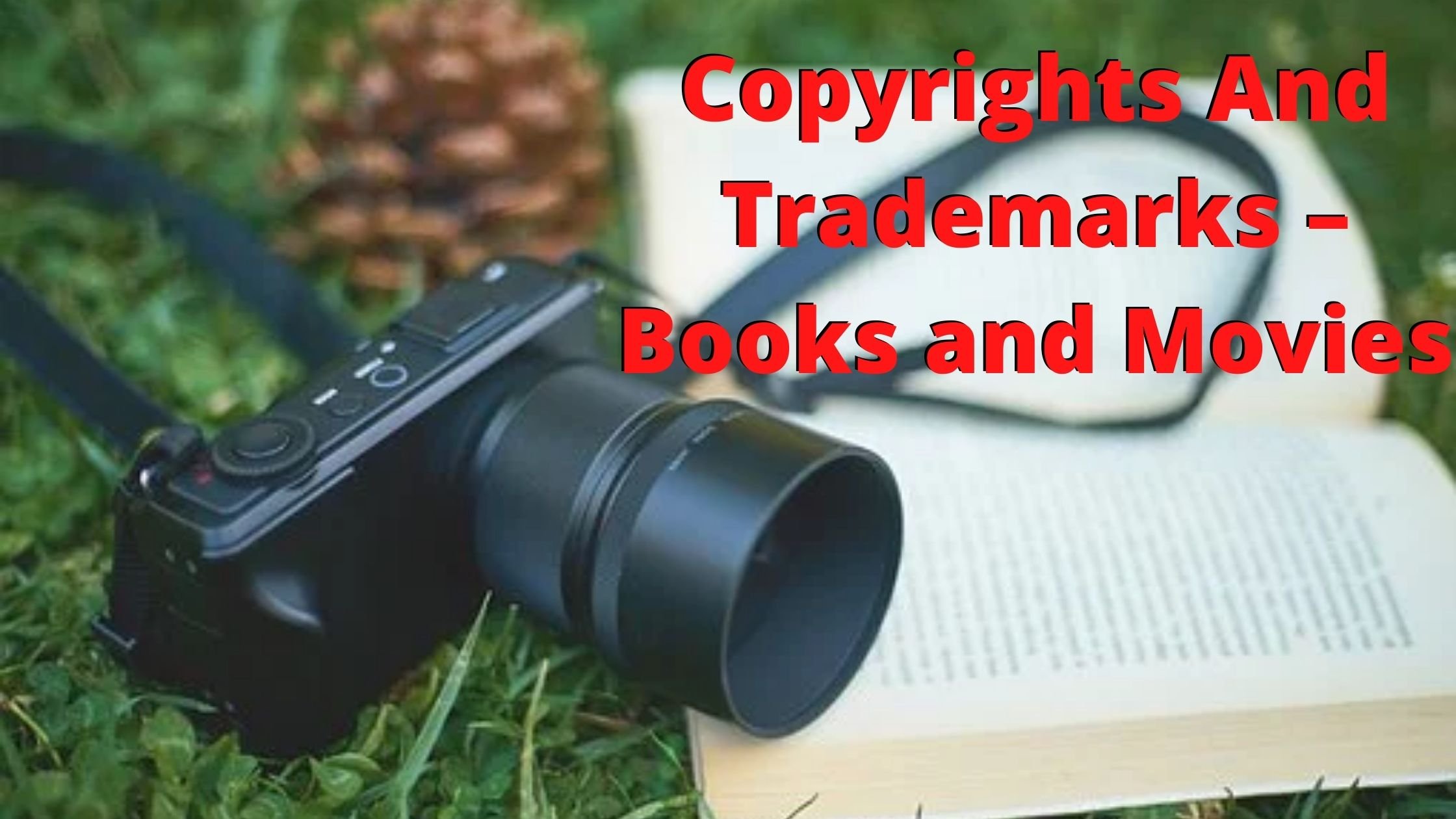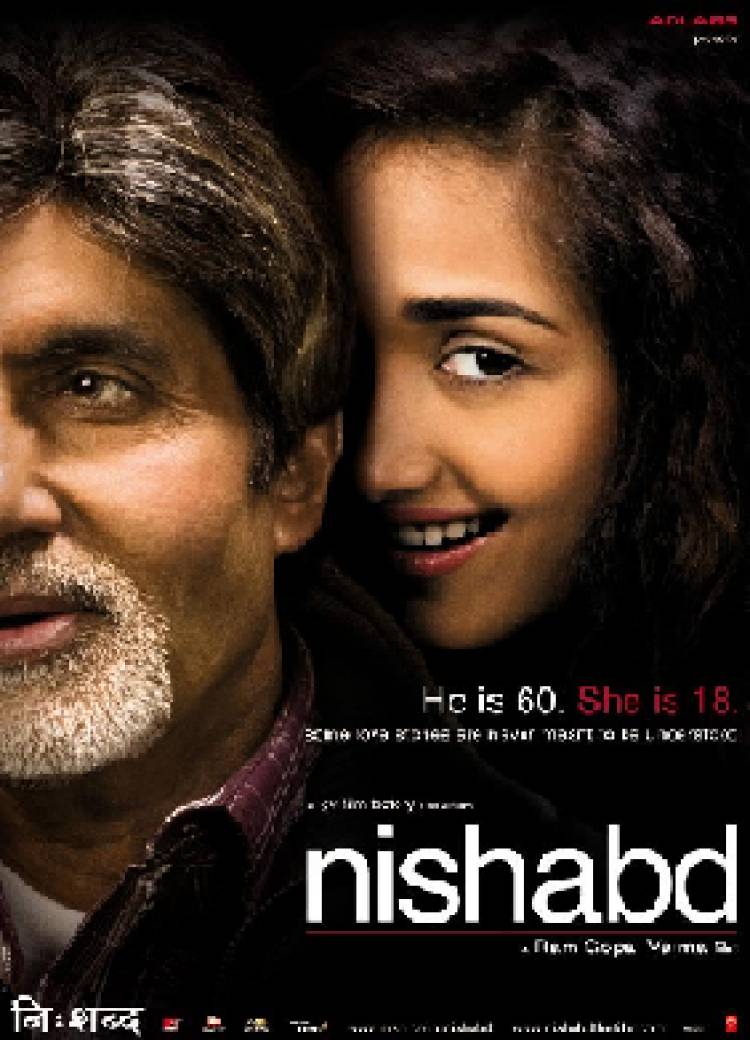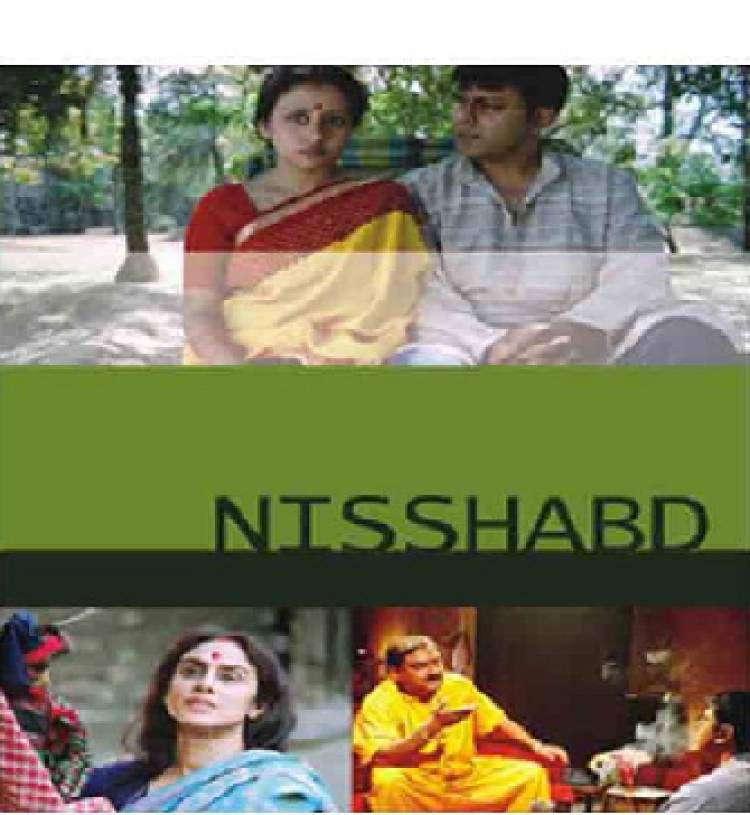Copyrights And Trademarks – Books and Movies
Copyrights and trademarks are two different types of intellectual properties. Copyrights primarily protect the rights of people who create literary, artistic, dramatic, or musical works, while trademarks protect the use of a company’s name and its product names, brand identity, and slogans. For books and movies, the more important form of intellectual property protection lies in the form of copyrights, as they are both primarily creative endeavors.

Introduction
Copyrights and trademarks are two different types of intellectual properties. Copyrights primarily protect the rights of people who create literary, artistic, dramatic, or musical works, while trademarks protect the use of a company’s name and its product names, brand identity, and slogans. For books and movies, the more important form of intellectual property protection lies in the form of copyrights, as they are both primarily creative endeavors.
Books
Under the Indian Copyright Act (and all other copyright legislation in the world), copyright subsists in an original literary work. It is not necessary that this work should be the expression of original thought, but rather the aspect of originality lies in the expression of that thought in writing1. In the case of University of London Press Ltd. v. University Tutorial Press Ltd.2, it was stated that the words ‘literary work’ covers any work expressed in print or in writing, irrespective of whether the quality or style of the work was high. This is a principle that is valid to this date.
There are two well-known tests to determine if a book can be protected by copyright:
-
The doctrine of Sweat of Brow – This doctrine said that for a work to qualify for copyright protection, the only criteria that had to be satisfied was that the author had to have put in some amount of effort and labor into creating that work. For example, if a person made a compilation of various short stories that had already been written, and published the compilation as a book, he would be afforded copyright protection under the doctrine of the sweat of brow as he invested some amount of labor into creating that compilation. However, this doctrine has now been rejected.
-
The doctrine of Modicum of Creativity – In the case of Eastern Book Company v. D.B. Modak3, the Supreme Court rejected the doctrine of sweat and brow and held that for a literary work to be awarded copyright protection, it must have some minimal degree of creativity behind it. It was held that a mere compilation of various judgments of the court would not be afforded copyright protection, but the arrangement of these judgments in a unique manner to make it more user friendly would constitute a modicum of creativity and therefore could be granted copyright protection.
IDEA + EXPRESSION + COPYRIGHT PROTECTION GRANTED
IDEA WITHOUT EXPRESSION = NO COPYRIGHT PROTECTION
Barbara Taylor Bradford v. Sahara Media Entertainment Ltd.4 (Calcutta High Court)
-
Two conflicting policies determine the protection of originality of expression
-
The first policy is that the law must protect original work, allow authors to get benefits from it, and disallow other people to benefit from it
-
The second policy is that law should not curb creativity
-
If ideas are protected by copyright, it will be very difficult for authors to come up with “original” works
-
For example, if a person copyrights the idea of a book where the main character goes to a new school and has adventures there, this will massively limit other authors from writing books
-
Therefore, only the expression of ideas are protected under copyright law
Movies
DEFINITION OF CINEMATOGRAPHY FILM (SECTION 2(f), COPYRIGHT ACT)
any work of visual recording and includes a sound recording accompanying such visual recording.
DEFINITION OF CINEMATOGRAPH (SECTION 2(f), COPYRIGHT ACT)
It includes any work produced by any process analogous to cinematography, including video films.
Even though the requirement of ‘originality’ as such is not required for a movie to gain copyright protection, Section 13(3)(a) of the Copyright Act stipulates that copyright protection will not be afforded to a film if a substantial part of it is an infringement of the copyright of any other work.
Ownership of Copyrights for a Movie
-
Section 2(d)(v) of the Copyright Act – the author of a film is the producer
-
Section 2(uu) of the Copyright Act – the producer is a person who takes initiative and responsibility for making the work
-
Section 17(c) of the Copyright Act – the author of a movie (which is the producer) is its first owner
In the case of Ramesh Sippy v. Shann Ranjeet Uttamsingh5, the court stated that if a person takes the financial risk of making work and directed others to do the work for valuable consideration, such person would be the owner of the copyright.
According to Section 17(b), when a film producer commissions a music composer or lyricist for reward or valuable consideration for the purpose of making his film, the producer becomes the first owner of the copyright therein and no copyright subsists in the composer or lyricist. The same results follow from Section 17(c) if the composer or lyricist is employed under a contract of service or apprenticeship to compose the work.
Trademark Protection for Books and Movies
The issue of trademark protection for books and movies is new to India, and hence there is a lot of confusion in the minds of people regarding the statute governing the title, whether its unauthorized adoption amounts to an infringement or not, etc. The unauthorized use or adoption of the title of a film or a book is as much an infringement of a trademark as it is in other cases.
Moreover, till recent times, it was assumed that the title of such works is covered under copyright law. However, the judgment of the Delhi High Court in Kanungo Media (P) Ltd. v. RGV Film Factory and Ors.6, popularly known as the Nishabd case, clarified the position of Indian jurisprudence on this topic.


The court held that the title of a literary work is not protected by copyright law, but rather it is given protection under trademark law. This has brought the Indian position in line with the position in the USA.
This interpretation can also be seen in the bare act itself. Books and movies can be considered as entertainment services. In Schedule 4 of the Trade Marks Rules, 2002, “entertainment services” are included under Class 41. Therefore, the names of such services can be protected by trademarks. A very important part of movies and books is the title. This is the major mark of identification for such works, and therefore holds a lot of value. It is hence necessary for titles to be protected, and they fall under the scope of trademark and not copyright.
To know more, about How Film Titles are protected under the Trademark and Copyright Law, see the video below -
BY-
Shivalik Chandan












